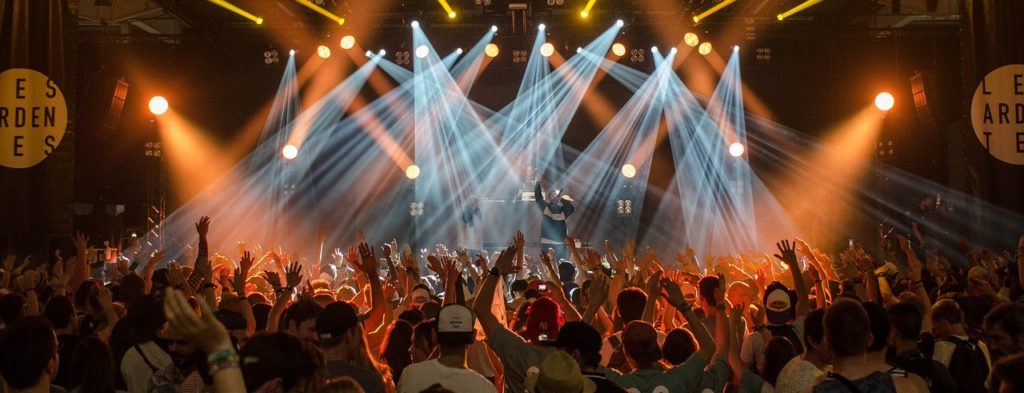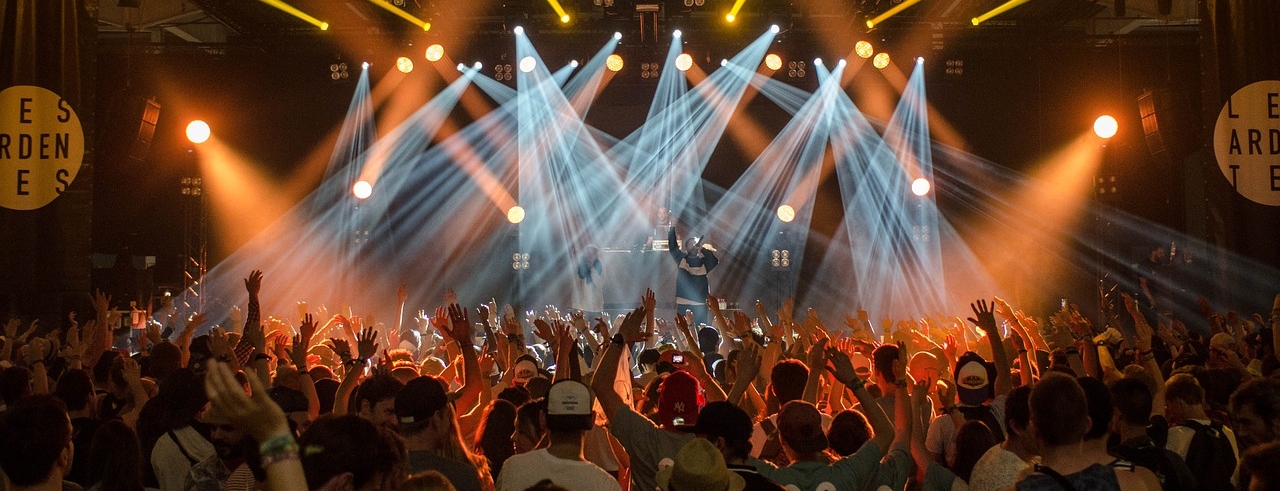
This Week’s Insights: The rise of tribute band festivals… Spotify is monetizing its customers'”emotion” database… The streaming era is about to get more expensive… Do smartphones help you enjoy concerts more?… YouTube’s Ethics-free audience-driver.
- Fake Bands, Real Festivals: Many members of the most iconic bands are now dead or retired. Those who are still performing command ticket prices that are sky high. Tickets for the most popular festivals are impossible to come by. So now the rise of tribute bands that mimic their namesakes. Over the past five years, ticket sales for Glastonbudget, Tribfest and The Big Fake Festival have seen a healthy increase, according to The Entertainment Agents’ Association, and there are now more than 30 outdoor music festivals in the UK showcasing tribute acts, such as Coldplace, Antarctic Monkeys, Guns2Roses, Stereotonics. If fans can’t have the real thing, they’ll go for a reasonable facsimile.
- How Spotify Is Building A Giant Database Of Customers’ Emotional Profiles: “Spotify is currently running a campaign centered on moods [and its mood playlists] — the company’s Twitter tagline is currently ‘Music for every mood’ — complete with its own influencer campaign. But a more careful look into Spotify’s history shows that the decision to define audiences by their moods was part of a strategic push to grow Spotify’s advertising business in the years leading up to its IPO — and today, Spotify’s enormous access to mood-based data is a pillar of its value to brands and advertisers.”
- Streaming Liberated Us From Cable Bills. Well, That Didn’t Last: The proliferation of streaming services means that if you want access to popular programs, you’ll likely have to subscribe to multiple services. The siloed age of television has arrived, a time when people will be paying six or seven different monthly fees, if not more, to keep abreast of pop culture—and the cost will end up approximating the hefty cable bill that every cord cutter has sought to avoid.
- Smartphones: Yes Or No At Concerts? Smartphones are ubiquitous. They can add to a live experience. But “the research shows that when we decide to use our phones to check work email, to check up on the kids or any other activities that have nothing to do with the festival, our satisfaction with the experience goes down. When we do use our devices at festivals it doesn’t affect our satisfaction with the event if we are using our phones for festival-related activities like looking at the festival schedule, the venue map or even texting to meet up with friends who are joining us.
- YouTube Algorithms Are Doing What They’re Designed To Do: Sell Ads: As of August 2017, more than 70 percent of viewing time was being driven by automatic recommendations. And the content that gets promoted is even more aggressively selected for engagement gravity, meaning the sensational and divisive gets pushed to the top of the feed. And that means incendiary videos get higher recommendations and consequently more views. Remember this above all else: the audience as monetizable commodity.

Leave a Reply